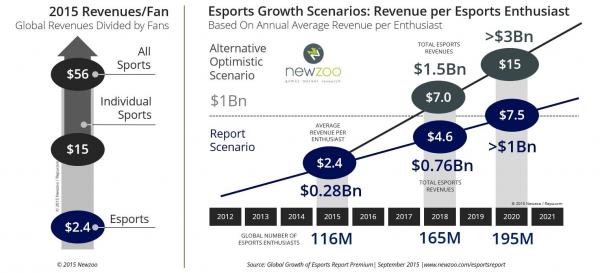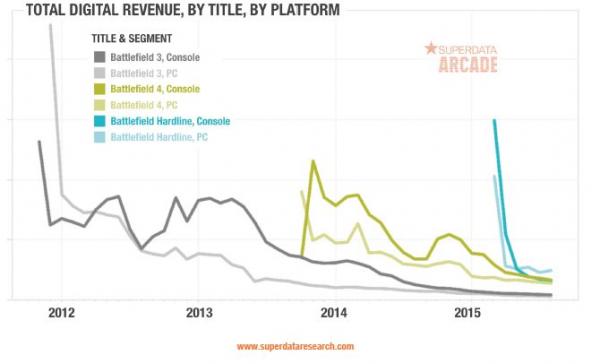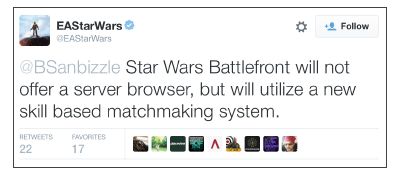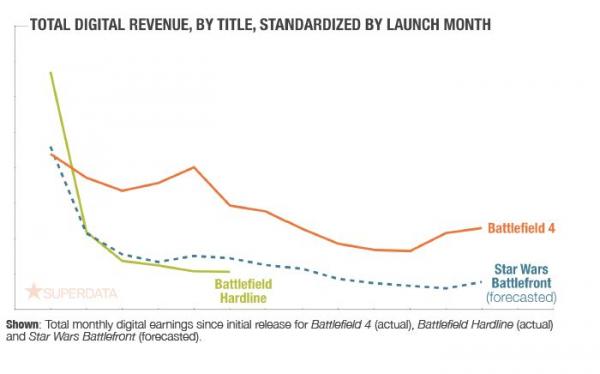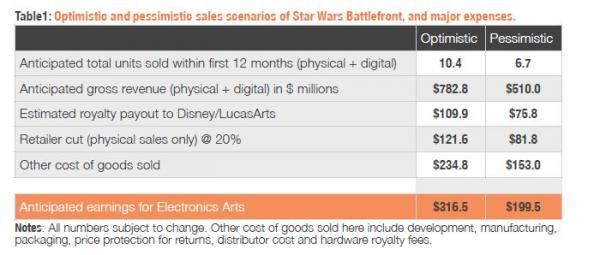The storied BattleTech franchise, which has generated a number of best-selling games on a variety of platforms in its over 30 years of existence, is coming back thanks to the new Kickstarter by Hare-Brained Schemes. The team is building a skirmish wargame for PCs using Unity 5, and players will be able to build and customize their own gigantic robotic war machines in the tradition of the franchise. Stretch goals include a single-player campaign (already unlocked after one day!) and ultimately, the much-anticipated multiplayer battle mode that will be built if the campaign reaches $2.5 million.
So far, the BattleTech campaign is off to a roaring start, with over 16,000 backers in little more than a day raising over $1 million, and the numbers are still climbing. It’s a testament to the strength of this gaming brand, and the efforts put in ahead of time by Hare-Brained Schemes to raise awareness about the upcoming Kickstarter. HBS CEO and co-founder Jordan Weisman spoke with [a]listdaily today about the progress of the Kickstarter, marketing, and the evolution of crowdfunding.
You’ve already collected over a $1 million on your first day, with over 16,000 backers. Are you surprised at how fast BattleTech is getting support?
Yes and no. It’s been fantastic, and we had hoped it would be a good start because we met fans at GenCon and PAX, and we’ve been corresponding with them in the various BattleTech communities, and they have been very enthusiastic. We had hoped for a large start Mitch [Gitelman, HBS co-founder and studio manager] had assembled this concept of Alpha Strike, which we tried to really encourage BattleTech fans to be there on Day 1, and boy did they do that. That part exceeded our expectations in how many showed up on Day 1 and how generous they’ve been.
You committed to building the basic BattleTech game yourself to start the Kickstarter off, where most Kickstarters are looking to fund the game entirely. Why did you choose to do things this way?
I think the previous support of the audience has allowed us to create and publish four games, and those games have generated some revenue that allows us to invest in this title. We didn’t think it was fair to ask the backers to bear the responsibility for funding the whole title. We’re not in the position we were three and a half years ago when we went to Kickstarter the first time with Shadowrun where we we really couldn’t have afforded to do anything on the title without their support. Here we can make a good skirmish game, something we’d be very proud of for BattleTech, with our own resources. We knew our own desires, and from talking to the players we knew their desires, but to get to a big rich story campaign, and hopefully multiplayer, those were the extensions we needed to ask the fans to help us with if they wanted to see that in this first title.
Kickstarter has been undergoing some changes, moving to a public benefit corporation structure. Do you think this changes anything for companies like HBS creating projects for Kickstarter?
I don’t think their organizational changes have changed our thinking very much. Crowdfunding overall is, as one would expect, is going to go through continued evolution, like we went from 1.0 to 2.0. I think it’s already been evolving, but that evolution is going to accelerate. It’ll be interesting what happens with the platform and not just Kickstarter, but the concept overall. It’ll be interesting to see how people react to Fig, and people using their own platforms as opposed to a centralized platform like Kickstarter. It’s a creative evolution and it will be interesting to see where things are in a couple of years.
How has your approach to creating, launching, and running a Kickstarter changed since you’ve already done several Kickstarters Is it getting easier or more difficult?
I think overall there’s an increasing amount of sophistication on the part of both the people doing the projects and the audience, the backers, and both of those are good things. It does mean you need to do more prep, you need to do more investment before you come to the platform. It used to be that people would view crowdfunding as a form of marketing. Now you need to do a lot of marketing before you come to crowdfunding in order to build that audience and to break out of the noise. It’s definitely a changing situation.
The biggest thing we’ve learned, and this is someplace that us coming out of pen and paper business all those years ago has been a huge advantage, is that in the pen and paper business you’re used to a very intimate relationship with your audience. As opposed to people who grew up only on the video game side, where you had a very distant relationship with your actual audience. Because of that, this dialog that’s so important, and this transparency that’s so important, and the realtionship that’s forged in crowdfunding between you and your audience, that comes much more natural to Mitch and I and other members of the team because that’s what we grew up with. That comfort level of being really transparent, both with good news and bad news, saying no and being comfortable to say no to requests and being able to explain why, you have to be comfortable and have that level of access to your audience for this thing to go really well.
What’s your marketing plan beyond Kickstarter, as you get into launch What have you learned from your other games?
It’s a really important point. There are a lot of companies both digital and tabletop now, whose only marketing and delivery is through Kickstarter. For us we view Kickstarter and our backers as the people who are bringing this title to a wider audience. In Shadowrun that’s been very successful. By the time the game comes to market and has been there a couple of years, our backers were a small percentage of our total audience size for Shadowrun. That’s our plan for BattleTech as well.
We spend considerably more than every dollar we get, so if we don’t sell the game to a lot more people afterwards we’re in real trouble. But we do view this as help getting through the starting point as opposed to being the ending point of the product. In terms of marketing, we do have to spend money on marketing as the games launch. We haven’t spent huge amounts of money on marketing because we’re not at a size yet where we can really afford to do that. One of the other benefits of having built a community before the game launches is that members of the community themselves are a big part of helping us get the word out. In the case of Shadowrun, we had more than 30,000 people who were already in the camp when that came out, and they were able to tell people “Wow, this game’s good!” That helped an enormous amount.


